In early March 2021, our
research team (with a project in Vietnam, led by Stefan Östersjö) has an online presentation for the 18th Urban
Culture Forum in Thailand. It is an annual event organized by the Urban
Research Plaza, a collaboration between major public universities in Osaka (Japan)
and Bangkok (Thailand), and held this year at Chulalongkorn University, a
distinguished institution that I visited in Bangkok several years ago. The
Urban Research Plaza also publishes the Journal of Urban Culture Research,
for which I have offered some peer reviews as an external referee.
http://www.urpbkk.com/urp/Forum.html
Our research team will discuss the changing role of music in urban spaces, including how musical practices are impacted by the Covid-19 pandemic. Below is the abstract of our
presentation for this event:
Authors - Stefan Östersjö, Nguyễn Thanh Thủy, David
G. Hebert, and Henrik Frisk
Title - Studio Saigon: Telematic performance and
recording technologies in light of the Covid-19 pandemic
As the Covid-19 pandemic
continues to affect individual musicians, ensembles and concert institutions,
streaming technology has become a central vehicle through which musicians and
audiences can meet. This paper discusses how networked performance, a format
which has engaged artists for decades as an artform in its own right, may
contribute to the sustaining of cultural heritage among migrant/minority
communities as well as to the development of innovative intercultural artistic
practices. Building on the experience of our group, The Six Tones, we wish to
develop a more robust understanding of the possibilities, and the limitations,
that networked technology affords. The central source of our own work is drawn
from Musical Transformations, an ongoing project which studies the intersection
between traditional and experimental music in globalized society.
The project
has studied the dynamic history and contemporary performance practices of Vọng
Cổ, a Vietnamese song which has experienced a radical set of
transformations since the 1920’s. Recording technology has played a central
role in this development, as evidenced even in the way its formal structure was
shaped to match the duration of the 78rpm records on which this music was
recorded on local labels still in the 1960’s (Gibbs et al 2013). We note that
interactions both inside and outside recording studios contribute to urban
culture. From the perspective of the street in Ho Chi Minh City, both recording
studios used in this project blended into their surroundings, amongst
residences, tiny convenience shops, hair salons, and restaurants selling pho
and banh mi. Both studios also were negatively affected by traffic noise
from a steady stream of motorbikes and trucks as well as construction projects.
Local businesses were evidently accustomed to encountering foreigners leaving
the studios for breaks in their recording sessions. Only a modicum of previous
ethnomusicological studies have considered the role of recording studios in
urban culture, which promote business in local communities while producing
cultural products that have a lasting and expansive impact far beyond their
neighborhood. Kay Shelemay observed that “recording technology is not only an
integral part of our discipline’s intellectual history. It is an increasingly
important part of our future as well” (Shelemay, 1991, p.288). We argue that
the rise of telematic performance in the time of the pandemic also points to
new avenues for recording technologies, inside and beyond the recording
studio.





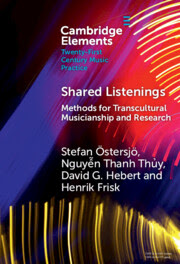
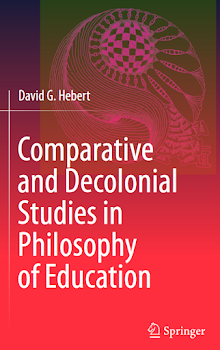


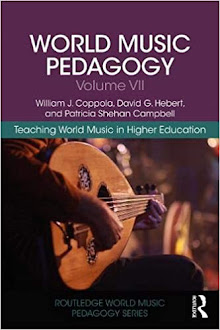
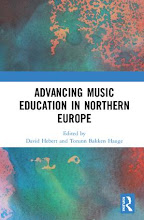
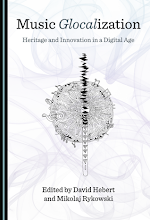




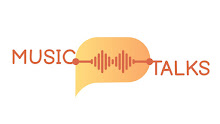
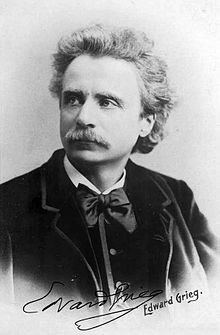

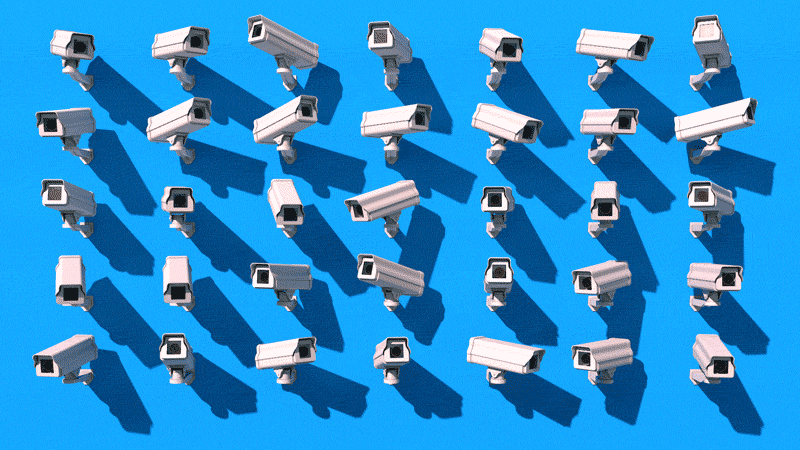

No comments:
Post a Comment